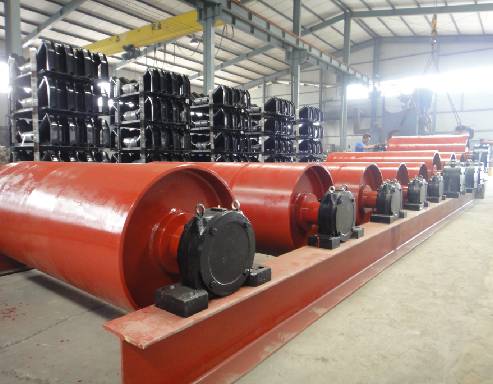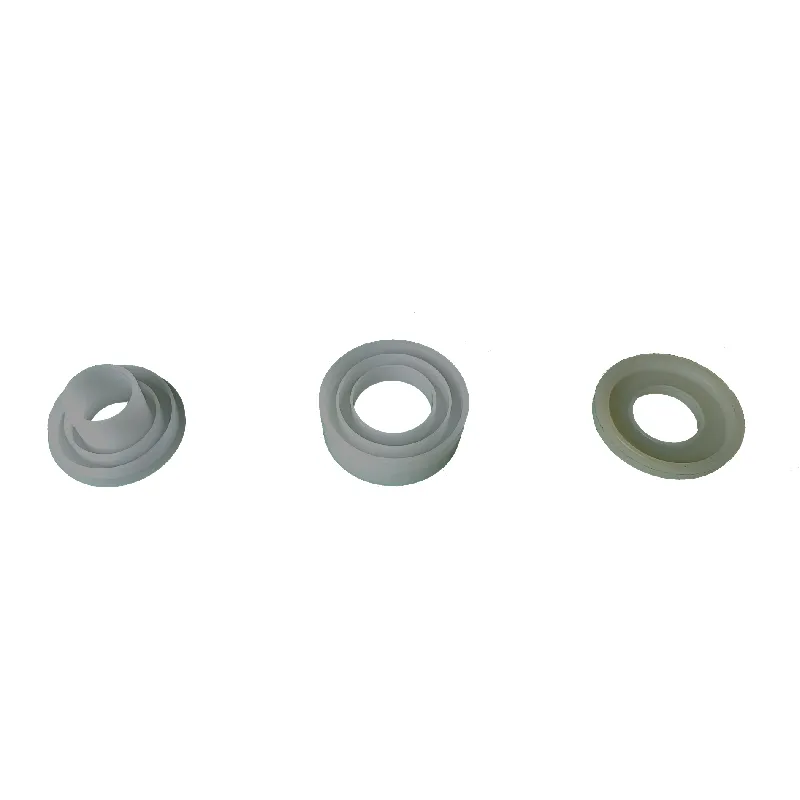 Afrikaans
Afrikaans  Albanian
Albanian  Amharic
Amharic  Arabic
Arabic  Armenian
Armenian  Azerbaijani
Azerbaijani  Basque
Basque  Belarusian
Belarusian  Bengali
Bengali  Bosnian
Bosnian  Bulgarian
Bulgarian  Catalan
Catalan  Cebuano
Cebuano  Corsican
Corsican  Croatian
Croatian  Czech
Czech  Danish
Danish  Dutch
Dutch  English
English  Esperanto
Esperanto  Estonian
Estonian  Finnish
Finnish  French
French  Frisian
Frisian  Galician
Galician  Georgian
Georgian  German
German  Greek
Greek  Gujarati
Gujarati  Haitian Creole
Haitian Creole  hausa
hausa  hawaiian
hawaiian  Hebrew
Hebrew  Hindi
Hindi  Miao
Miao  Hungarian
Hungarian  Icelandic
Icelandic  igbo
igbo  Indonesian
Indonesian  irish
irish  Italian
Italian  Japanese
Japanese  Javanese
Javanese  Kannada
Kannada  kazakh
kazakh  Khmer
Khmer  Rwandese
Rwandese  Korean
Korean  Kurdish
Kurdish  Kyrgyz
Kyrgyz  Lao
Lao  Latin
Latin  Latvian
Latvian  Lithuanian
Lithuanian  Luxembourgish
Luxembourgish  Macedonian
Macedonian  Malgashi
Malgashi  Malay
Malay  Malayalam
Malayalam  Maltese
Maltese  Maori
Maori  Marathi
Marathi  Mongolian
Mongolian  Myanmar
Myanmar  Nepali
Nepali  Norwegian
Norwegian  Norwegian
Norwegian  Occitan
Occitan  Pashto
Pashto  Persian
Persian  Polish
Polish  Portuguese
Portuguese  Punjabi
Punjabi  Romanian
Romanian  Russian
Russian  Samoan
Samoan  Scottish Gaelic
Scottish Gaelic  Serbian
Serbian  Sesotho
Sesotho  Shona
Shona  Sindhi
Sindhi  Sinhala
Sinhala  Slovak
Slovak  Slovenian
Slovenian  Somali
Somali  Spanish
Spanish  Sundanese
Sundanese  Swahili
Swahili  Swedish
Swedish  Tagalog
Tagalog  Tajik
Tajik  Tamil
Tamil  Tatar
Tatar  Telugu
Telugu  Thai
Thai  Turkish
Turkish  Turkmen
Turkmen  Ukrainian
Ukrainian  Urdu
Urdu  Uighur
Uighur  Uzbek
Uzbek  Vietnamese
Vietnamese  Welsh
Welsh  Bantu
Bantu  Yiddish
Yiddish  Yoruba
Yoruba  Zulu
Zulu Jan . 14, 2025 11:19
Back to list
types of conveyor belt pulleys
Conveyor belt pulleys, integral to the functionality of conveyor systems, come in various types, each tailored to specific applications. Understanding these differences not only enhances operational efficiency but also extends the lifespan of conveyor systems. Below is a detailed exploration of the essential types and their distinct roles in material handling systems, drawing from decades of industry experience and expertise.
4. Tapered Pulleys Used in applications where conveyor belt direction changes, tapered pulleys assist in reducing wear and tear on the belt edges. Their conical design helps align the belt automatically, minimizing the risk of misalignment that could lead to significant operational downtime. Industries with complex conveying tasks greatly benefit from the deployment of tapered pulleys, as they offer a solution that promotes longevity and reduces maintenance intervals. 5. Motorized Pulleys Also known as drum motors, motorized pulleys offer a compact and efficient option for driving conveyor belts. They house motors within the pulley body itself, eliminating the need for external motor drives or chains. This contained design reduces maintenance, improves hygiene (important in food processing), and maximizes efficiency by minimizing power loss. Installation is straightforward, and their sealed construction prevents ingress of dust or water, making them highly reliable in diverse conditions. 6. V-Groove Pulleys These specialized pulleys are utilized when high-tension applications are necessary. The grooved design enhances the belt's grip on the pulley, reducing slip and improving power transmission. This makes V-groove pulleys ideal for situations where heavy loads are involved or where precise movement is required. The selection of a conveyor belt pulley is dictated by numerous factors including material type, operational environment, and specific functional requirements. By leveraging insights from experts who have honed their craft over years in the industry, choices can be tailored to deliver maximum reliability, efficiency, and lifespan for the entire conveyor system. Recognizing the subtle yet crucial distinctions between pulley types ensures that systems are not only optimized for today’s demands but are resilient against the challenges of tomorrow.


4. Tapered Pulleys Used in applications where conveyor belt direction changes, tapered pulleys assist in reducing wear and tear on the belt edges. Their conical design helps align the belt automatically, minimizing the risk of misalignment that could lead to significant operational downtime. Industries with complex conveying tasks greatly benefit from the deployment of tapered pulleys, as they offer a solution that promotes longevity and reduces maintenance intervals. 5. Motorized Pulleys Also known as drum motors, motorized pulleys offer a compact and efficient option for driving conveyor belts. They house motors within the pulley body itself, eliminating the need for external motor drives or chains. This contained design reduces maintenance, improves hygiene (important in food processing), and maximizes efficiency by minimizing power loss. Installation is straightforward, and their sealed construction prevents ingress of dust or water, making them highly reliable in diverse conditions. 6. V-Groove Pulleys These specialized pulleys are utilized when high-tension applications are necessary. The grooved design enhances the belt's grip on the pulley, reducing slip and improving power transmission. This makes V-groove pulleys ideal for situations where heavy loads are involved or where precise movement is required. The selection of a conveyor belt pulley is dictated by numerous factors including material type, operational environment, and specific functional requirements. By leveraging insights from experts who have honed their craft over years in the industry, choices can be tailored to deliver maximum reliability, efficiency, and lifespan for the entire conveyor system. Recognizing the subtle yet crucial distinctions between pulley types ensures that systems are not only optimized for today’s demands but are resilient against the challenges of tomorrow.
Next:
Latest news
-
Revolutionizing Conveyor Reliability with Advanced Rubber Lagging PulleysNewsJul.22,2025
-
Powering Precision and Durability with Expert Manufacturers of Conveyor ComponentsNewsJul.22,2025
-
Optimizing Conveyor Systems with Advanced Conveyor AccessoriesNewsJul.22,2025
-
Maximize Conveyor Efficiency with Quality Conveyor Idler PulleysNewsJul.22,2025
-
Future-Proof Your Conveyor System with High-Performance Polyurethane RollerNewsJul.22,2025
-
Driving Efficiency Forward with Quality Idlers and RollersNewsJul.22,2025
OUR PRODUCTS





























